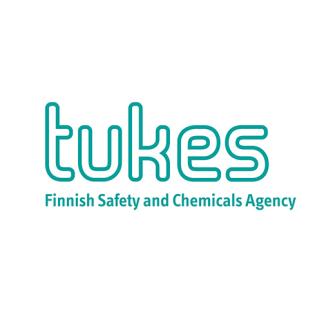Utilization of minerals and peat undergoing a transformation

The natural resources of soil and bedrock are finite. Their sustainable use revolves around two core questions: ensuring resource availability for future generations and mitigating the environmental impacts of utilization. The challenges vary by industry depending on the type of natural resource being utilized. A common goal for all stakeholders is to strive for resource efficiency.
Local gravel pit scarcity, but resource efficiency improving
In Finland, approximately 25 tons of gravel, sand, and crushed rock are used per person per year, one of the highest rates in Europe. Available gravel resources are depleting near urban areas, leading to increased use of crushed rock. In road construction and other building projects, more soil and aggregates removed from construction sites or other projects are being utilized, accounting already for over half of the material used. The use of other recycled and waste materials remains still limited.
Regulation of mineral extraction mitigates environmental impacts
The extraction of gravel and rock is restricted to protect natural values, residential areas, and groundwater. Environmental damage has reduced due to stricter regulations. Nonetheless, local effects can still be significant. Post-operation site rehabilitation is being improved, which, at its best, can enhance nature and promote recreational use.
Increased demand boosts mining production
Increased demand has driven a significant expansion in mining production of several metals in the 21st century. Investments in mining grew by a third from 2010 to 2020. Finland's abundant battery mineral resources and active ore prospecting suggest continued growth. Currently, over a hundred million tons of rock are extracted from mines each year, with the most substantial increase observed in the removal of waste rock from ore mining.
Mining industry emphasizes environmental responsibility
As mining operations expand, their environmental impacts become more pronounced. Large open-pit mines, in particular, have caused losses in biodiversity and landscape damage. Ore processing places a burden on water bodies. Environmental harm is concentrated in mining areas, often with significant consequences. Mitigating these issues is the regulation of mining activities and an emphasis on corporate social responsibility within the industry. Responsibility is viewed as a competitive advantage for Finland.
Peat production is declining faster than anticipated
Peat production increased until the end of the 20th century but started to decline in the 2010s. Due to climate reasons, there is a desire to phase out peat combustion and shift towards higher-value peat products. The use of peat for fuel has decreased more rapidly than expected. Former peat production areas are being repurposed as forest land or restored for various uses, including wetlands
